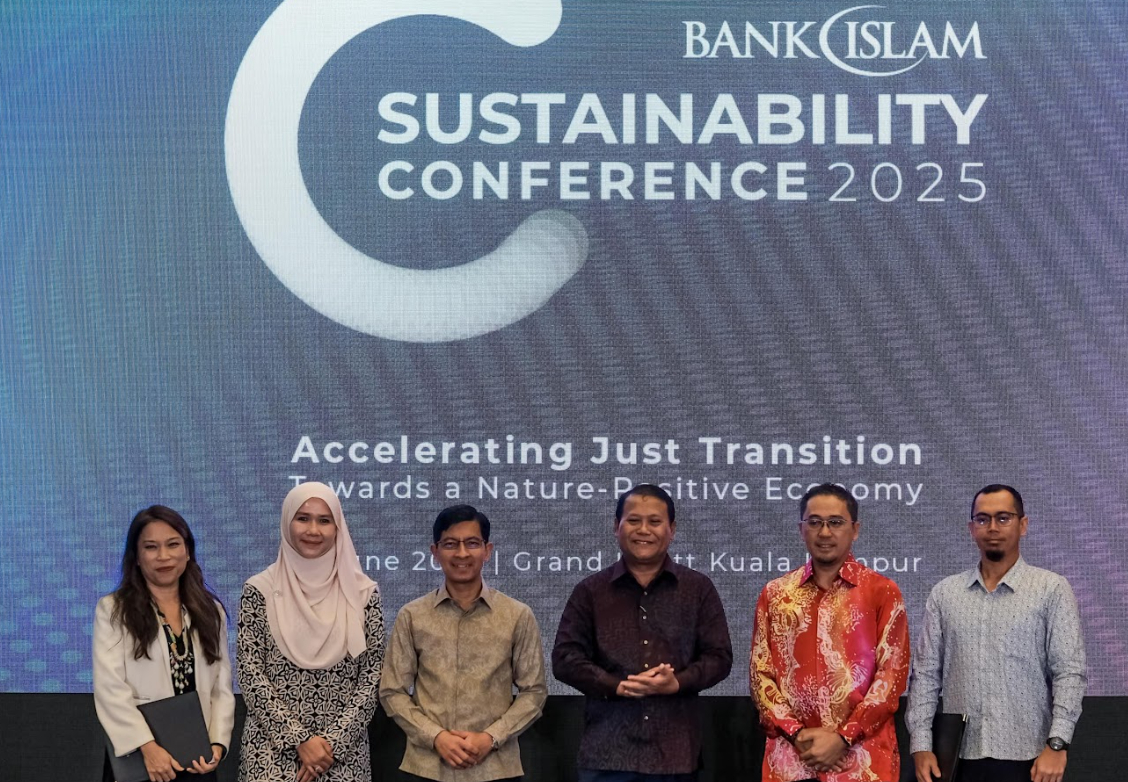In an ambitious move, the Chinese government has unveiled a groundbreaking public blockchain infrastructure initiative, spearheaded by the Conflux Network. Termed the “Ultra-Large Scale Blockchain Infrastructure Platform for the Belt and Road Initiative,” this project is poised to revolutionize cross-border cooperation by providing a foundational public blockchain framework. According to an announcement on April 1 by Conflux Network via an X post, the core mission of this venture is to facilitate the development of applications that enhance international collaboration, particularly in alignment with the Belt and Road Initiative’s objectives.
The Role of Conflux Network
At the helm of this technological advance is the Conflux Network, a dynamic multichain blockchain ecosystem managed by the Conflux Foundation, also known as the Shanghai Tree-Graph Blockchain Research Institute. This selection underscores the government’s recognition of Conflux’s capability to deliver a robust platform suitable for the ambitious cross-border cooperative projects envisaged.
This governmental endorsement of blockchain comes against the backdrop of China’s complex relationship with cryptocurrencies. Since 2017, China has progressively tightened its regulatory grip on the crypto sector, culminating in a sweeping ban on crypto trading and mining activities by 2021. Despite these restrictions, the crypto community in China remains vibrant, with a significant portion of Chinese investors holding stablecoins, trailing only behind Vietnam in terms of adoption, according to a December 2023 report by Kyros Ventures.
Innovative strategies have enabled traders within mainland China to navigate around the trading prohibitions, with many opting for centralized crypto exchanges to continue their investment activities. This resilience in the face of stringent regulations highlights the indomitable spirit of the Chinese crypto community and the ingenuity in adapting to regulatory landscapes.
Stricter Regulatory Measures
In response to the enduring crypto activities and the associated risks of money laundering, China is set to introduce a comprehensive amendment to its Anti-Money Laundering (AML) laws. This amendment, the first of its kind since 2007, aims to extend the regulatory framework to include cryptocurrency transactions, setting the stage for tighter control and oversight of the crypto market.
Notably, this legislative adjustment seeks to address concerns over the misuse of virtual currency trading platforms in facilitating illicit banking operations. A significant instance cited involves a $2.2 billion underground banking scheme that exploited these platforms to evade the nation’s foreign exchange regulations.
| Feature | Description |
|---|---|
| Project Name | Ultra-Large Scale Blockchain Infrastructure Platform for the Belt and Road Initiative |
| Lead Organization | Conflux Network |
| Objective | To establish a public blockchain infrastructure that supports cross-border cooperation and application development |
| Focus Area | Belt and Road Initiative countries |
| Underlying Technology | Public blockchain |
| Role of Blockchain | Enable transparent, secure, and efficient cross-border collaborative projects |
Navigating Challenges and Opportunities
The Chinese government’s collaboration with Conflux Network to develop a public blockchain infrastructure represents a strategic maneuver to harness blockchain technology’s potential in fostering international cooperation. This initiative is especially significant considering the Belt and Road Initiative’s expansive scope, aiming to connect Asia with Africa and Europe via land and maritime networks to enhance regional integration, economic growth, and cultural exchange.
Despite the prevailing regulatory challenges within the domestic crypto market, the launch of this blockchain platform signals China’s commitment to exploring and adopting blockchain technology for strategic international projects. This move not only showcases China’s ambition to lead in technological innovation but also highlights the nuanced distinction between its stance on cryptocurrencies and blockchain technology.
The forthcoming amendment to China’s AML regulations further illustrates the government’s proactive approach in establishing a regulatory environment that ensures the responsible use of cryptocurrencies, addressing concerns over money laundering and the circumvention of financial regulations.
As China embarks on this groundbreaking blockchain initiative with the Conflux Network, the global community watches closely. This platform could set a precedent for how countries can leverage blockchain technology to bolster international collaboration and economic development while maintaining a vigilant regulatory stance on cryptocurrencies. The success of this project could herald a new era of blockchain-driven cross-border cooperation, with China at the forefront of this innovative leap.










